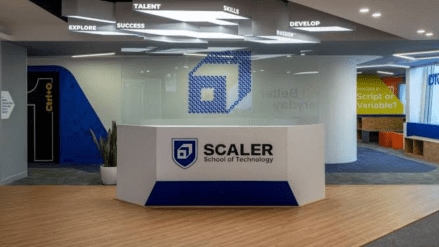India’s internship landscape is undergoing a rapid transformation. Opportunities have surged by 103% in the past three years, according to a recent report by Indeed, as companies increasingly view internships not just as résumé enhancers but as strategic pipelines for future hiring. This shift is particularly visible in fast-changing sectors like artificial intelligence, data science, and digital product development, where traditional classroom learning is often insufficient preparation for industry needs.
With organisations investing more in early-stage talent, internships today offer far more than short-term exposure — many come with high stipends, global placements, and real-world responsibilities. Companies are also broadening their search beyond final-year students to include undergraduates as early as their first or second year.
Some educational institutions are helping drive this shift by embedding long-term, hands-on industry immersion into their core curriculum. One such example is Bengaluru-based Scaler School of Technology, which reported over 232 internship offers for its current undergraduate batch — from companies like Swiggy, Zomato, and even international firms in Singapore, Germany, Finland, and Indonesia. Standout offers include stipends as high as ₹2 lakh per month, and students landing roles at AI startups, fintech firms, and developer academies abroad. Over a third in the batch received multiple offers, and 96.3% batch was placed while still in their second year, as of date the report is published.
What’s notable is how structured, mentorship-driven programmes are helping students build career-aligned portfolios early, sometimes even securing spots in prestigious global initiatives like Google Summer of Code or European hackathons like Summer of Bitcoin right in the first year itself. With rising competition and a growing demand for job-ready graduates, India’s next generation of tech professionals is increasingly being shaped well before graduation day.
This evolution points to a larger trend: the integration of industry and education is no longer a value-add — it’s fast becoming the standard.
